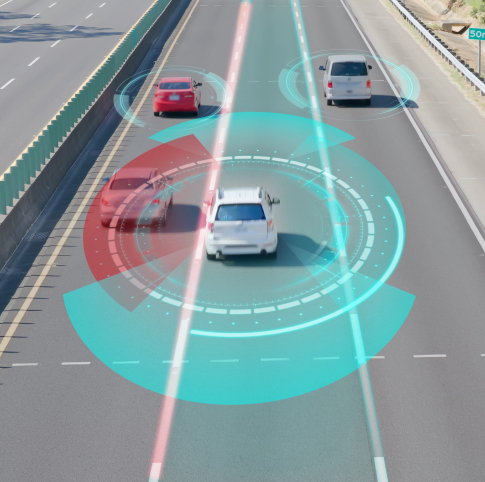Shop Hours:
Mon – Fri: 8:00 AM – 5:30 PMFollow us on Facebook:
Location:
2183 Sheridan Dr. Buffalo, NY 14223-
Mon – Fri:
8:00 AM – 5:30 PM

After any collision, windshield replacement, or suspension work, these ADAS components require calibration to function correctly. Misalignment can compromise the safety of these systems, leading to inaccurate readings and potentially hazardous driving conditions. Calibration ensures your vehicle’s sensors and cameras work as intended, keeping you and your passengers safe on the road.
We perform both static and dynamic ADAS calibrations based on your vehicle’s requirements. Our advanced diagnostic tools allow us to recalibrate ADAS sensors and cameras either in our shop (static) or while driving the vehicle in real-time conditions (dynamic). Our ADAS calibration center is equipped with the latest tools and technology to serve all types of vehicles.